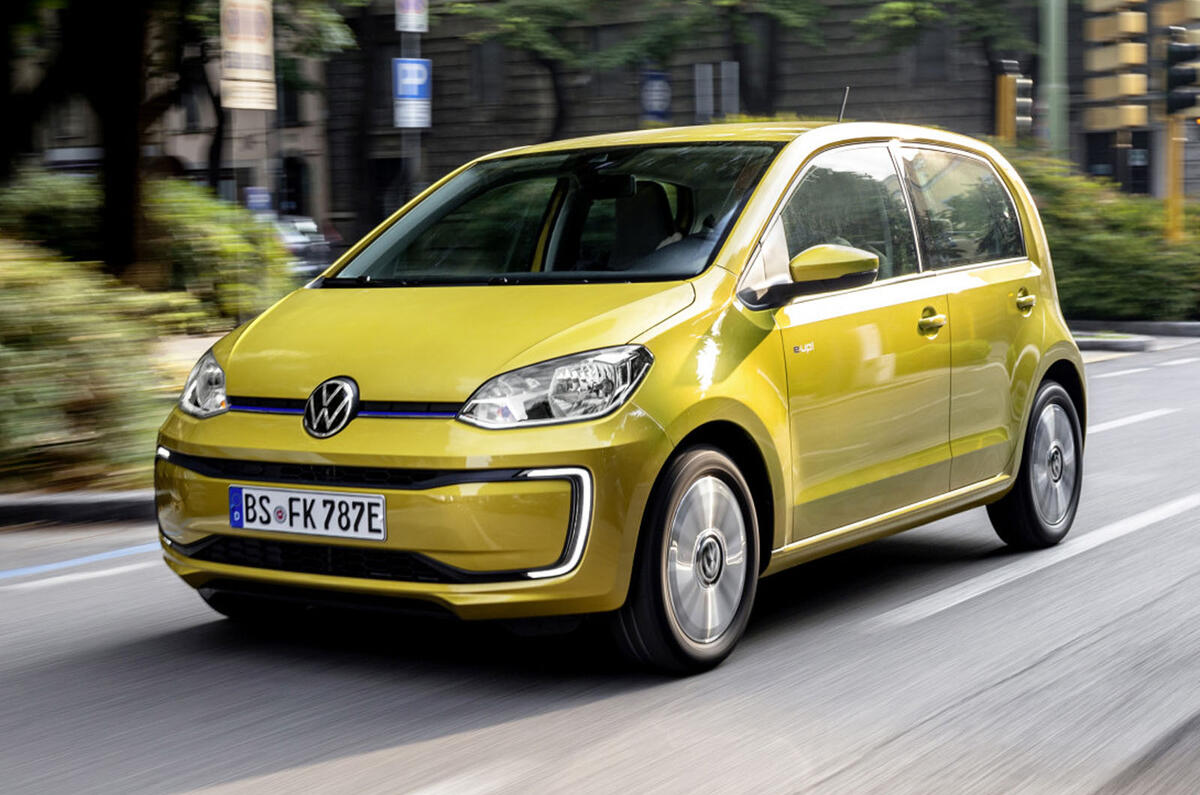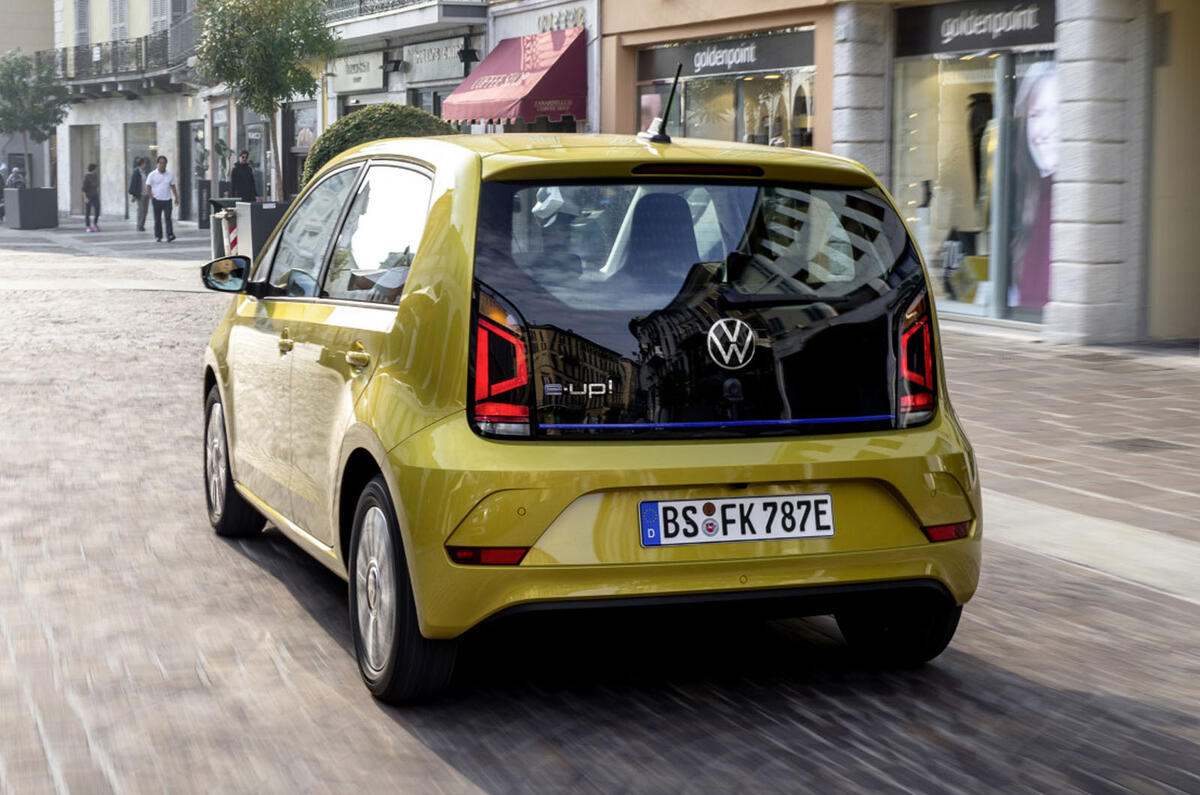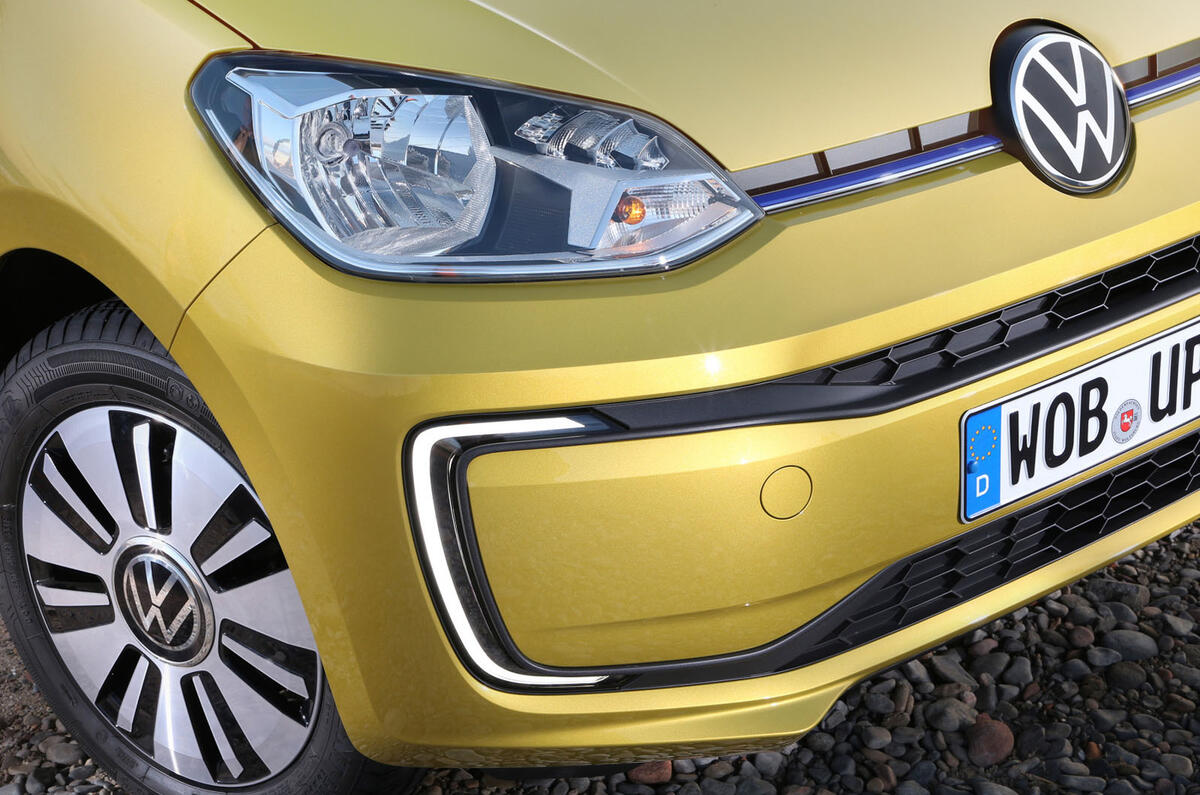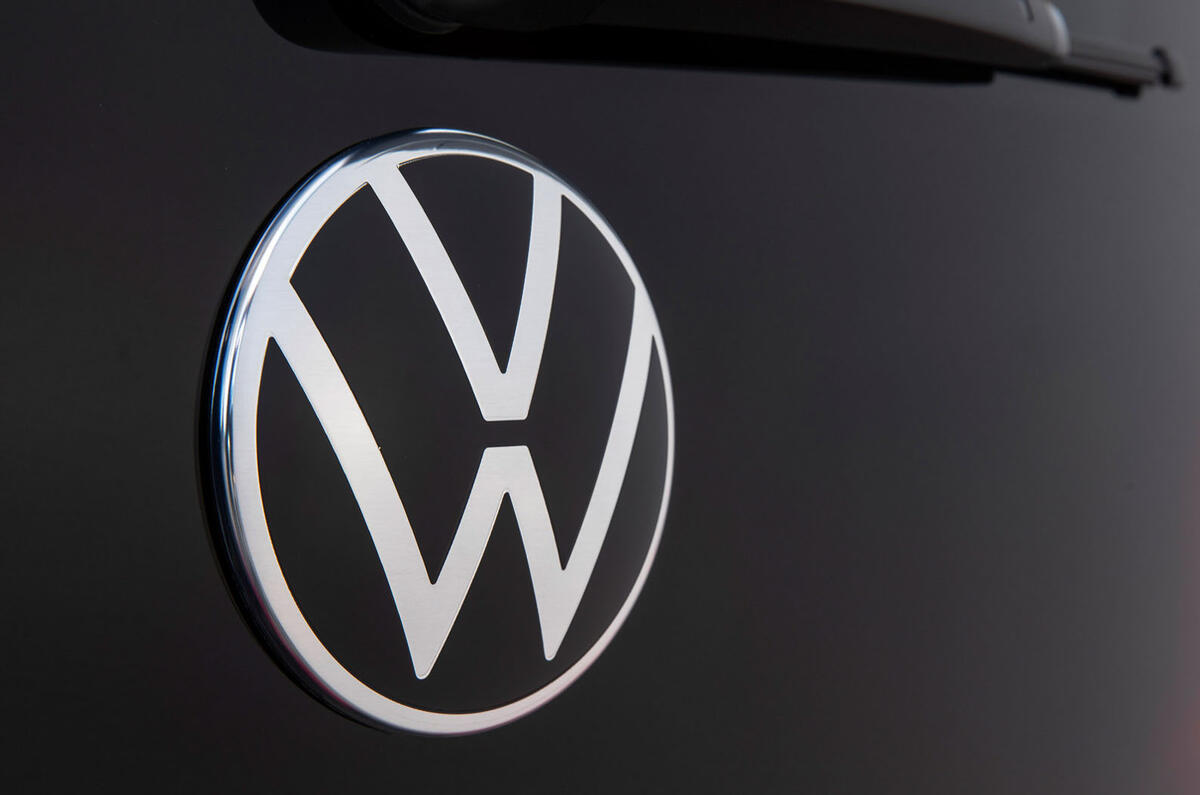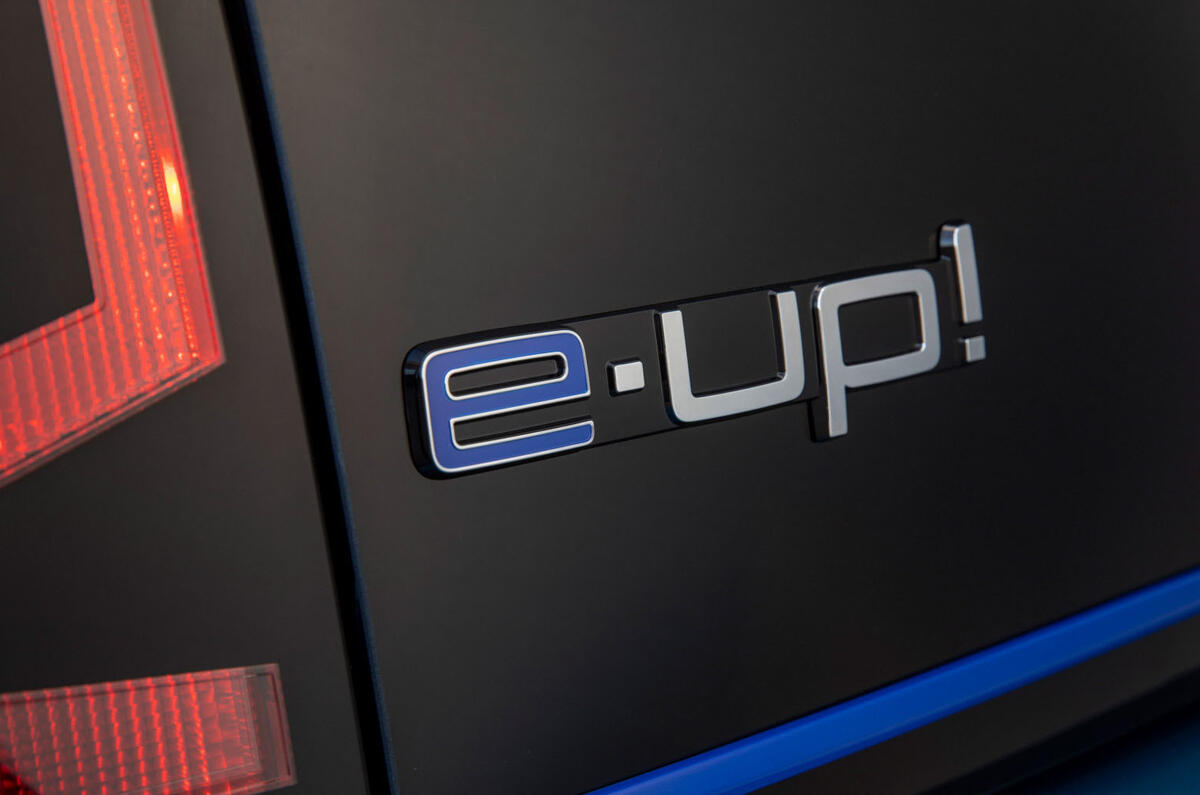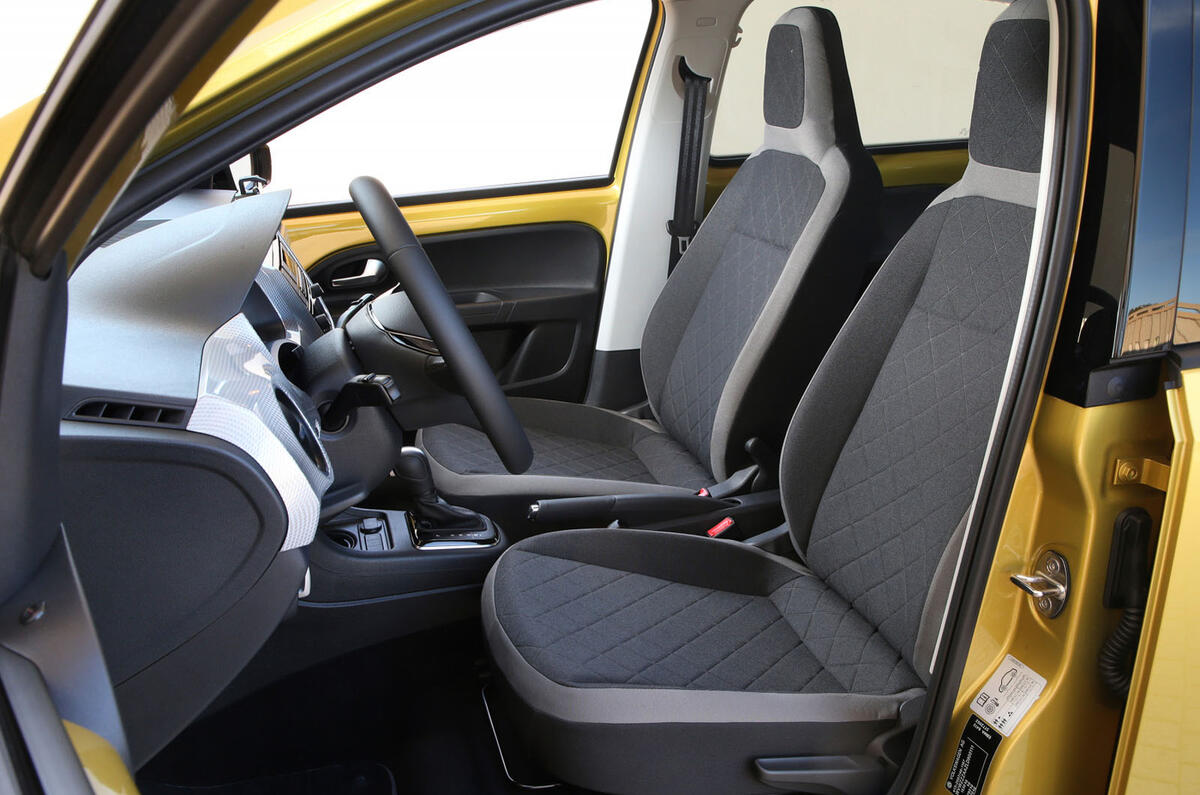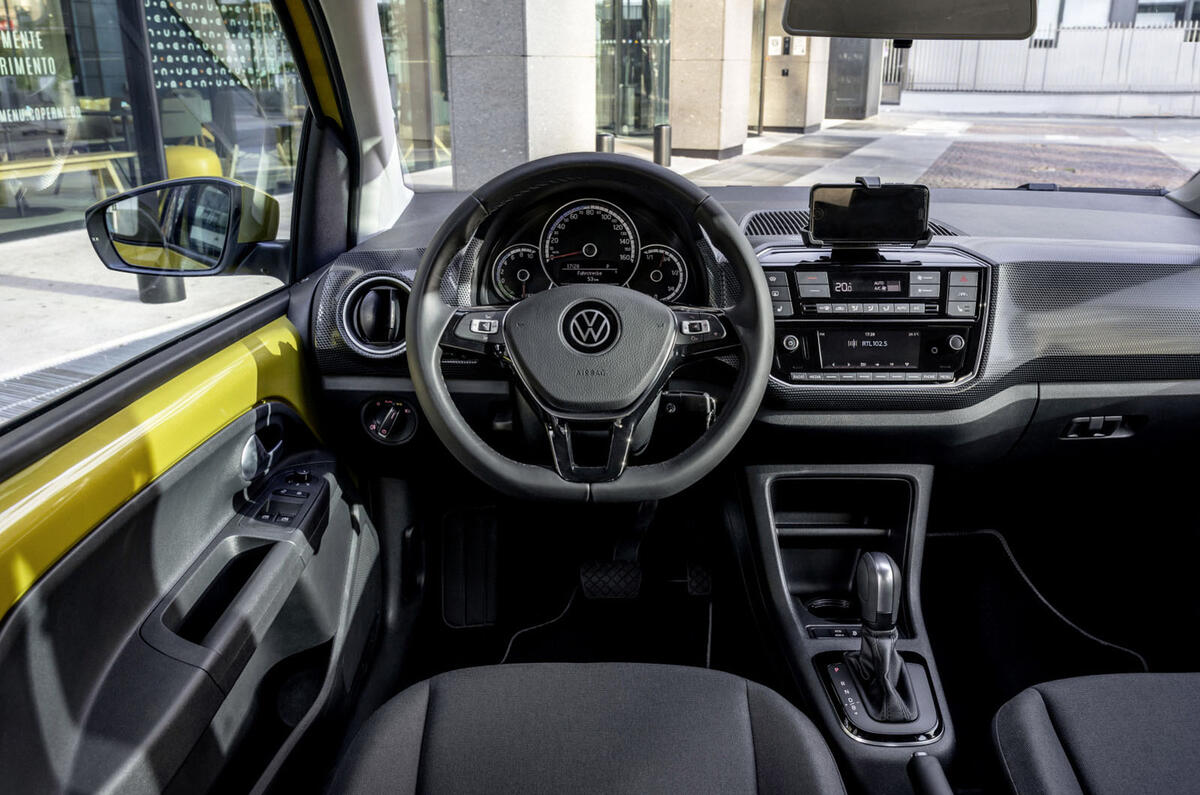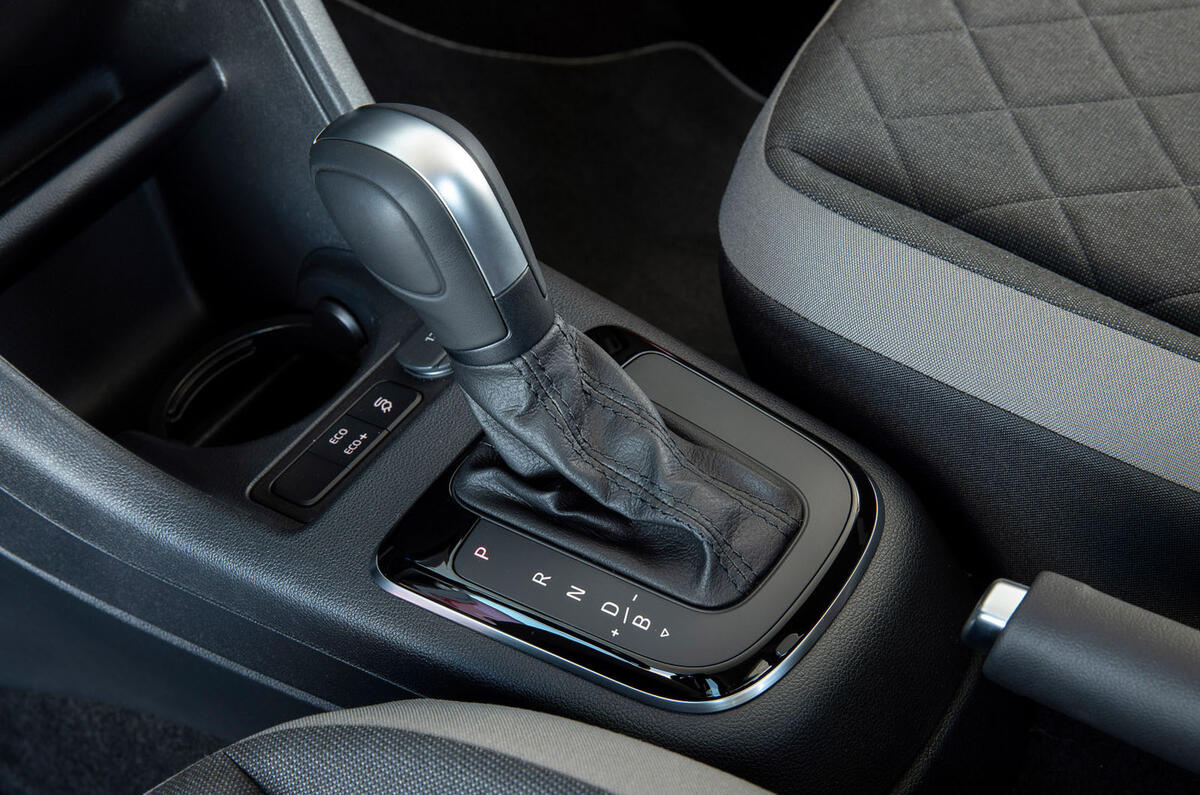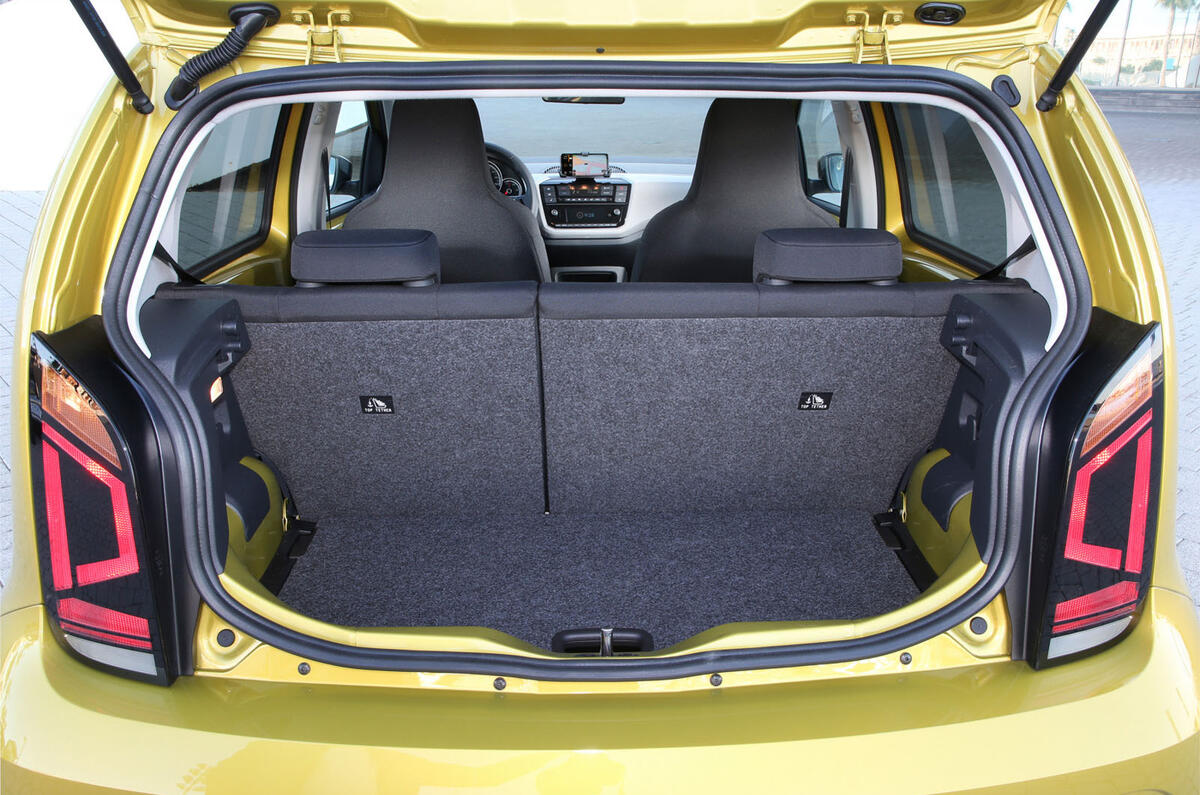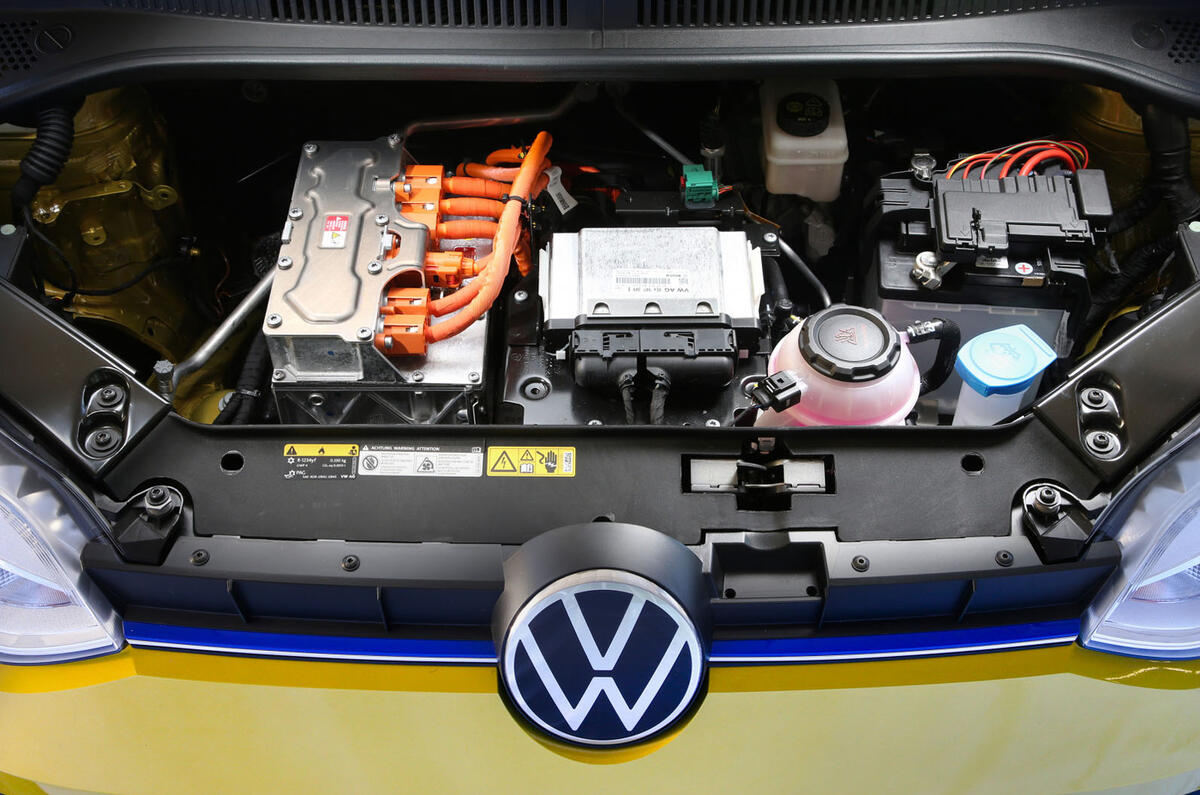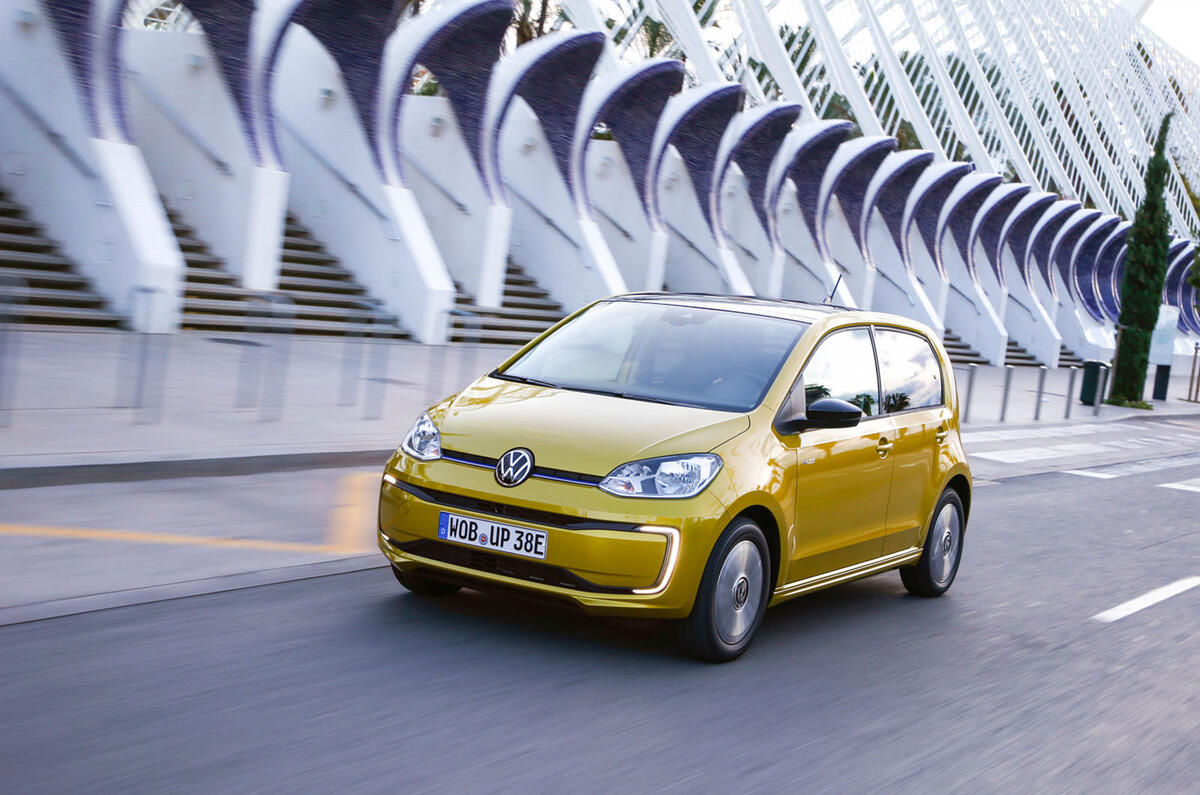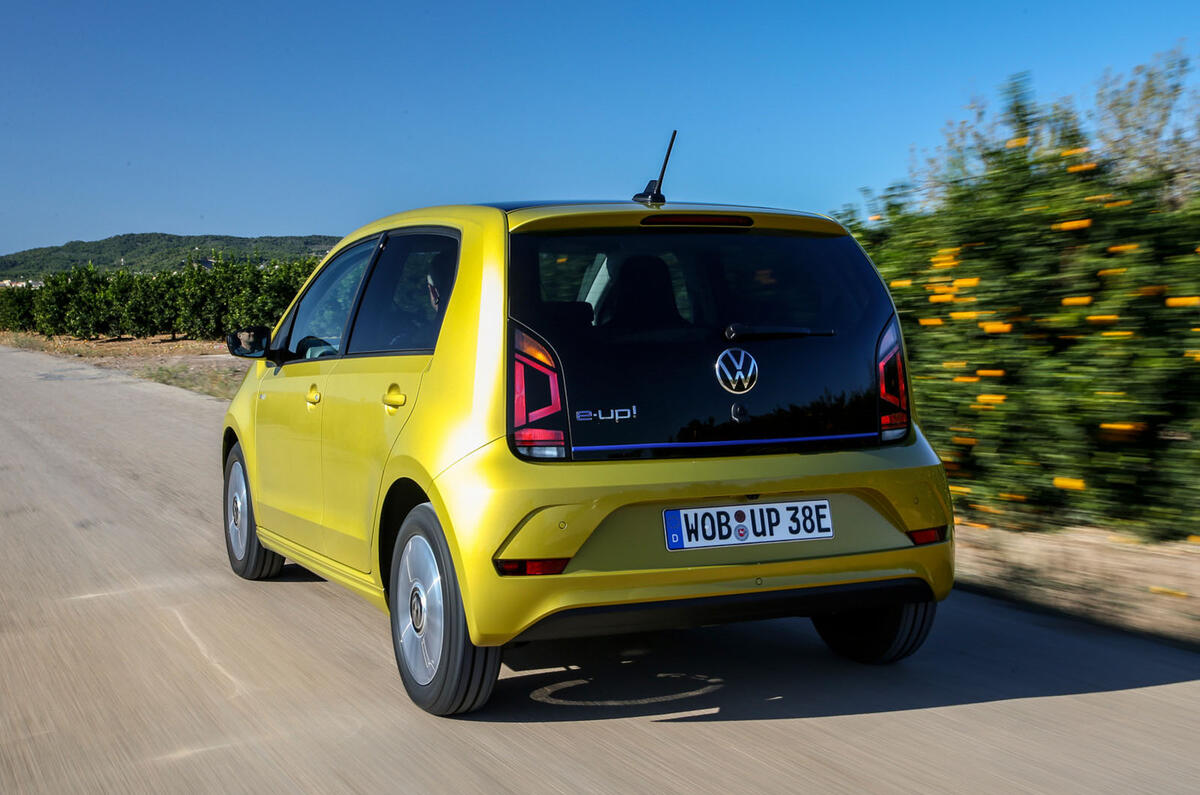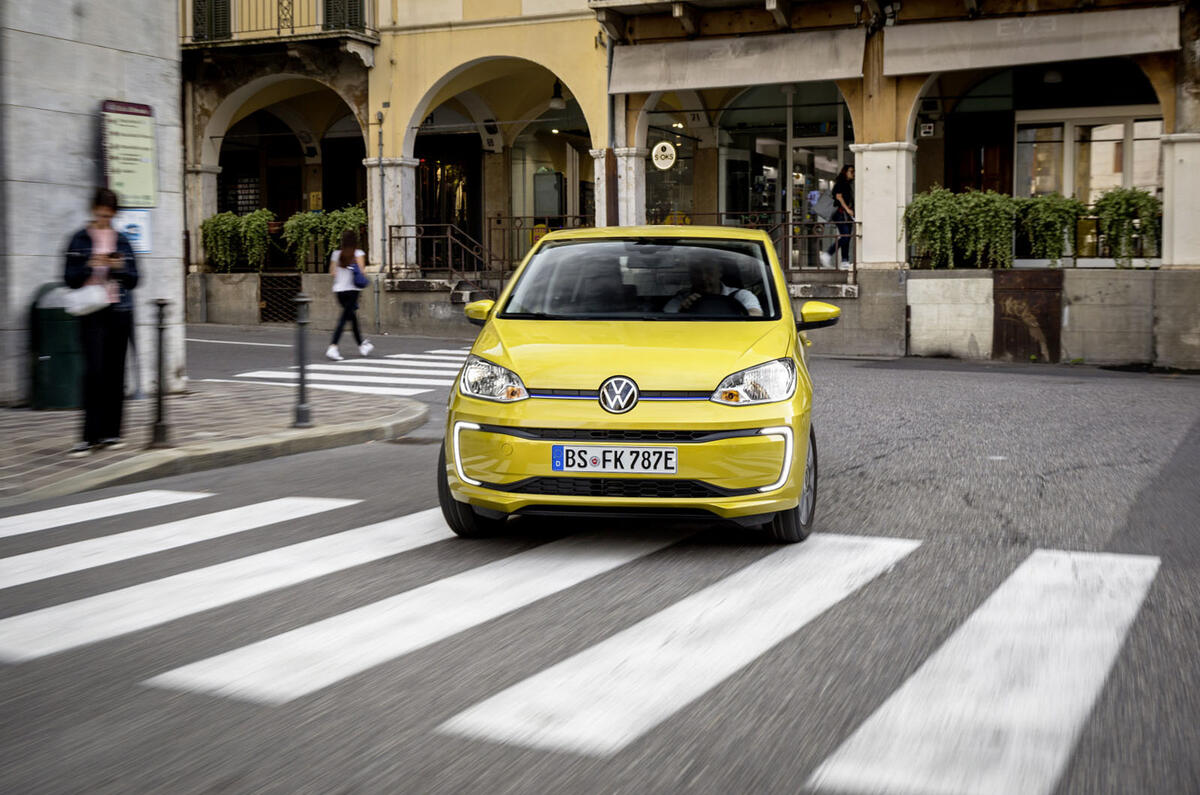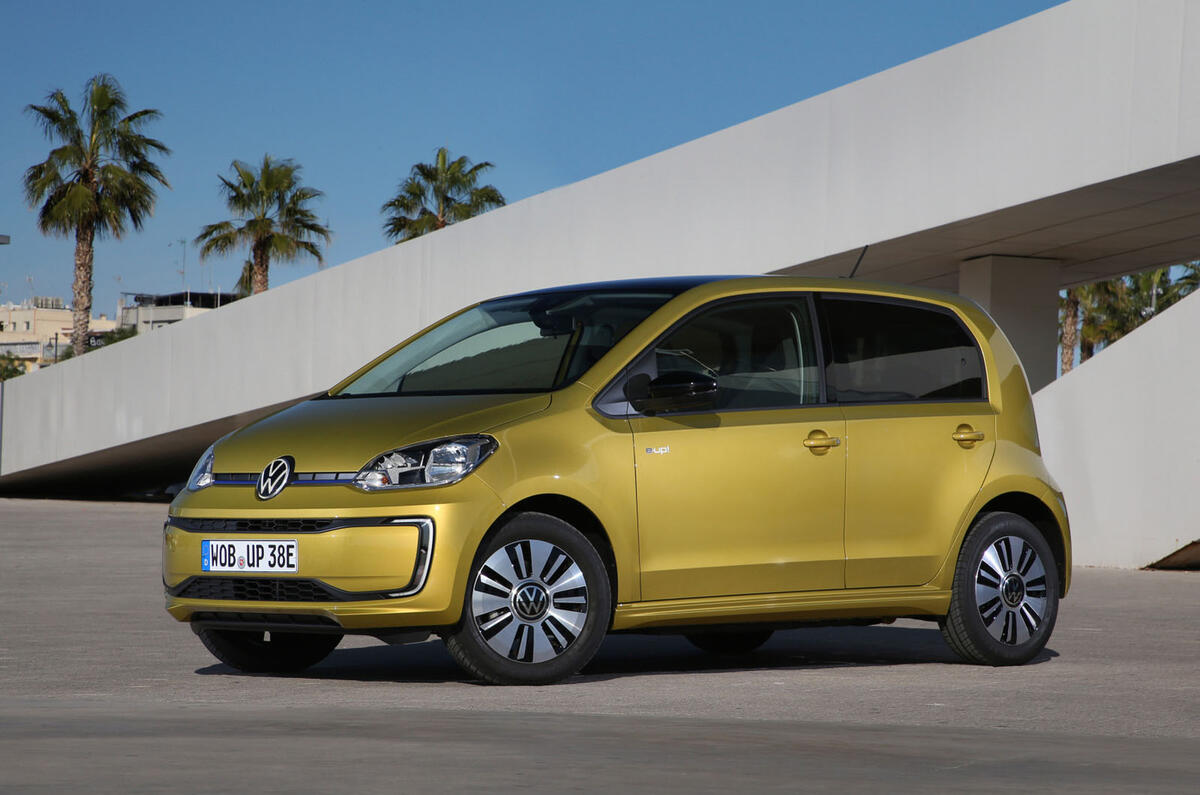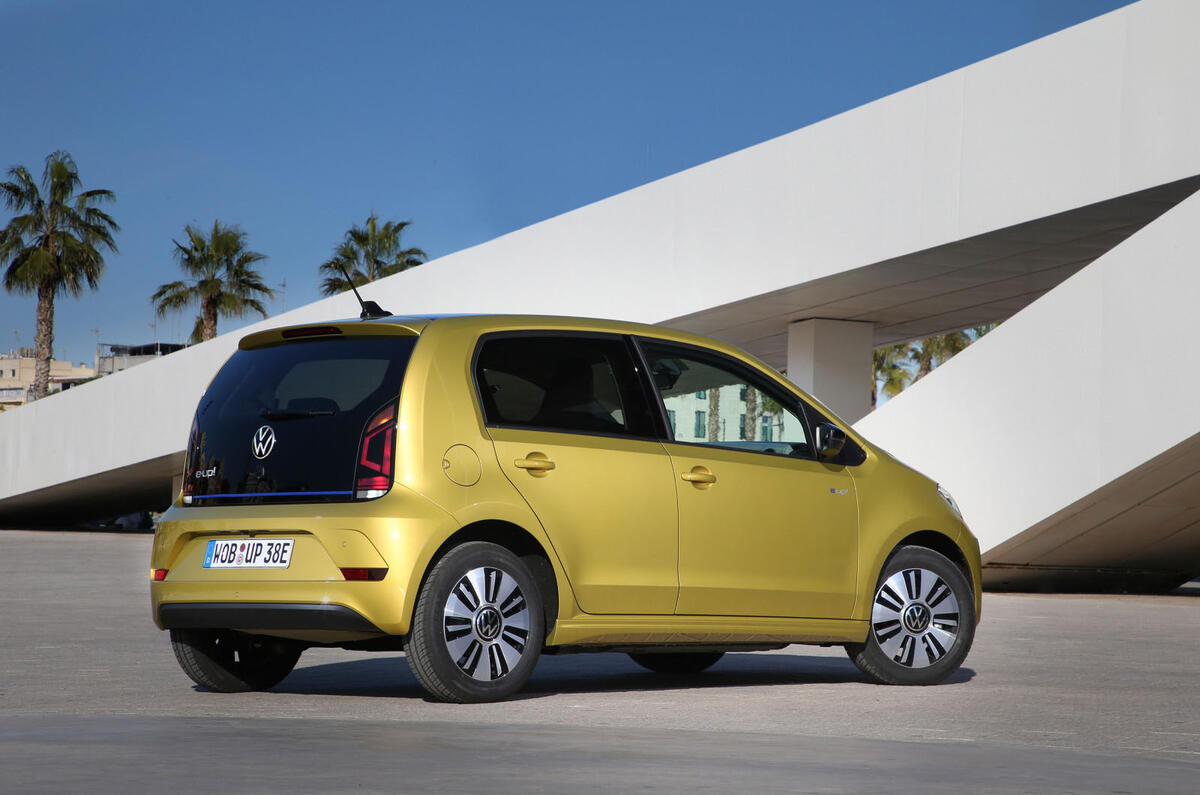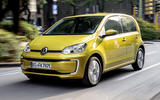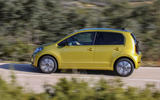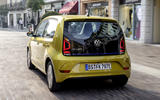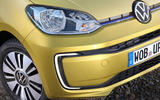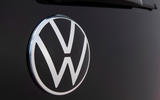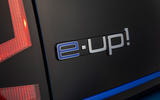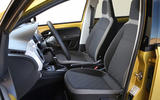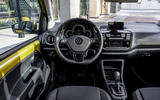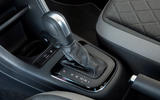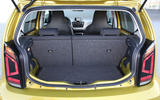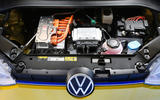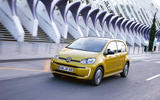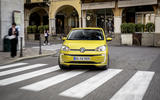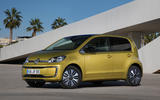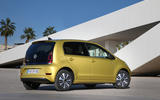The Volkswagen Up city car has been with us since 2011, while the electrified version was its first mass-production EV to reach the market when it arrived in 2013. That car provided a useful taste of what was possible, but the early tech meant battery capacity – and therefore range – was relatively limited.
With Volkswagen’s electrified direction change now in full flow with the Volkswagen ID 3, the e-Up is the next EV to benefit from the latest-gen technology.
The big news is a new lithium-ion battery with 36.8kWh capacity, compared to just 18.7kWh for the old car, which has a significant effect on its range; Volkswagen claims up to 161 miles (260km) on a full charge. Switching from prismatic to pouch battery cells has increased the energy density and cut the battery volume by 20 litres.
The electric motor remains as before, providing 82bhp and 156lb ft of torque. Take the option of CCS fast charging and the e-Up will go from zero to 80% charged in one hour, while a conventional 7.2kW AC charger performs the same feat in four hours.
The e-Up is part of a revised Up range which goes on sale in January of next year, with updates including six airbags and Lane Assist as standard. The Up will also be the first Volkswagen to carry the new company logo that was unveiled at Frankfurt earlier this year.


